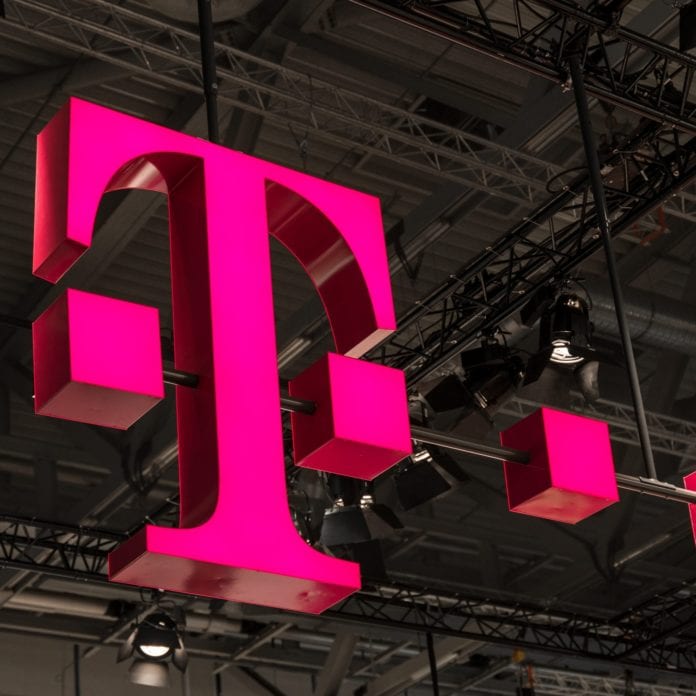German operator Deutsche Telekom expects its 5G network to reach 90% of the country’s population by the end of the year, the company said in a release.
The telco said that its 5G infrastructure currently provides coverage to 80% of the population. By the end of March, more than 66 million people in around 5,000 towns and cities across Germany will be able to use the telco’s 5G network.
Over 50,000 5G antennas are already transmitting with 5G across Germany, the company said.
Deutsche Telekom is using multiple frequencies for its 5G expansion. The focus is on the 2.1 GHz and 3.6 GHz frequency bands. At the end of March, 5G will be available in 30 cities on the 3.6 GHz frequency following the deployment of nearly 1,000 antennas in Aachen, Augsburg, Berlin, Bonn, Braunschweig, Bremen, Darmstadt, Dortmund, Duisburg, Düsseldorf, Essen, Frankfurt/Main, Hamburg, Hanover, Jena, Kiel, Cologne, Leipzig, Ludwigsburg, Munich, Nuremberg, Saarbrücken, Schwerin, Stuttgart, Wiesbaden and Wolfsburg.
The primary 5G technology currently deployed in Germany is based on the 5G non-standalone (5G NSA) network architecture, which means that current’s 5G offerings are still technically dependent on a simultaneously available 4G network (LTE). With 5G standalone, the infrastructure in the core network will also be fully upgraded to a new, cloud-based 5G architecture, the telco said.
The telco kicked off the rollout of its 5G network in a limited number of cities across Germany at the beginning of July 2019.
Last month, Deutsche Telekom installed that first 5G standalone antenna in Garching, which is near Munich, to carry out trials of this technology. Deutsche Telecom connected the antenna to a 5G standalone core network via cloud infrastructure.
The German operator also noted that the infrastructure in the core network will also be fully upgraded to a new, cloud-based 5G architecture.
Deutsche Telekom is also continuing to invest in its LTE network. The telco has recently modernized over 2,500 antennas throughout Germany in order to be able to offer customers cell phone speeds of up to 300 Mbps. “The desire for more bandwidth among smartphone users is still strong. We are complying with this request and are continuing to expand our mobile network at full speed – in rural regions as well as in metropolitan areas, both LTE and 5G,” said Walter Goldenits, Head of Technology at Telekom Deutschland. Telekom currently reaches 98.7% of Germany’s population with LTE

